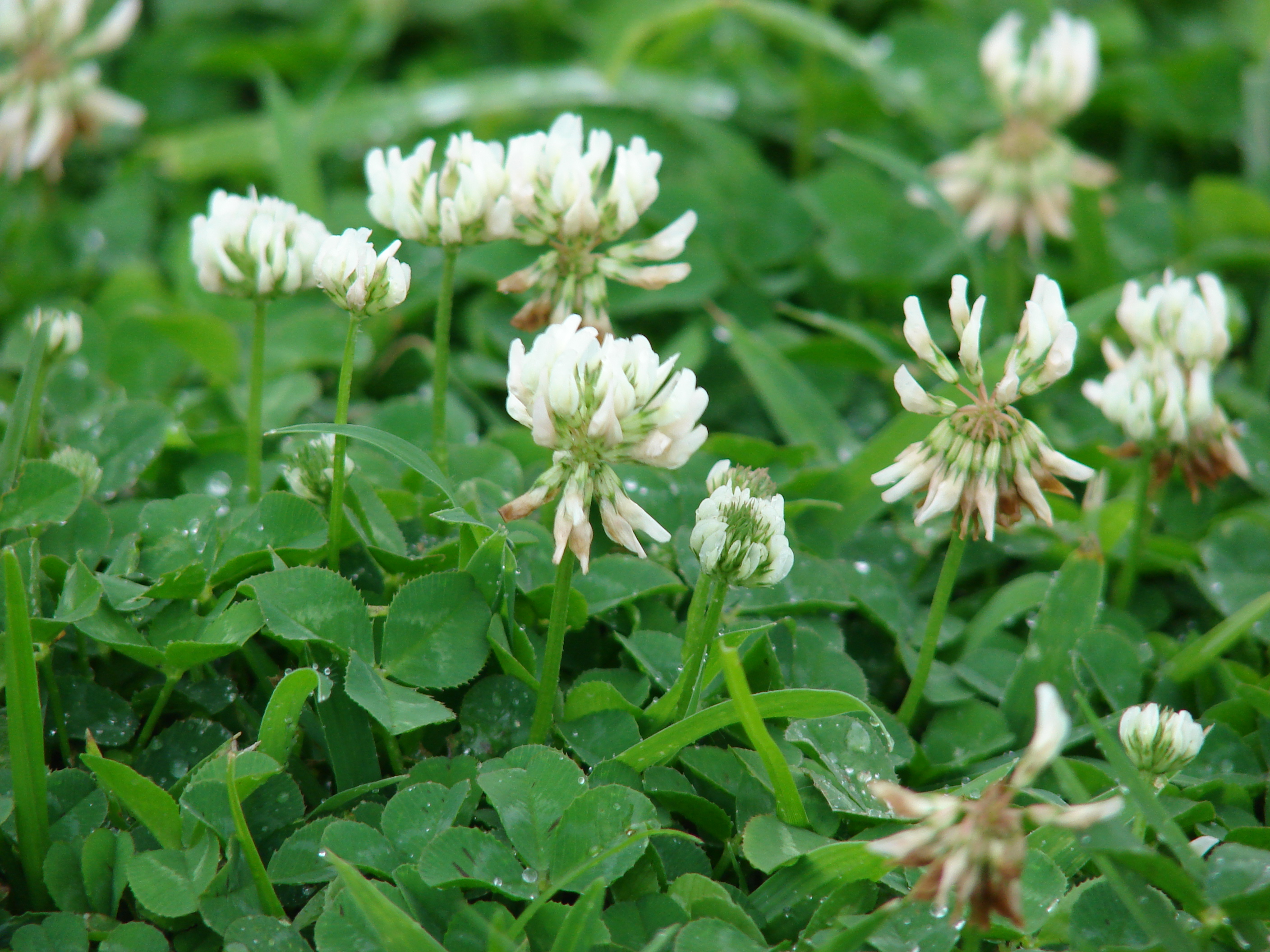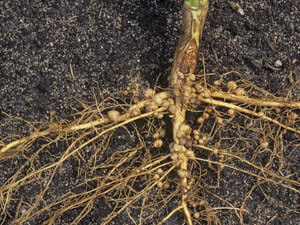Trifolium repens - White Clover
a perennial evergreen member of the Trifolium genus in the family Leguminosae.
Toxic parts
Edible uses
Notes
Flowers and seed pods are dried, ground into powder and used as a flour or sprinkled on cooked foods such as boiled rice[5]. Very wholesome and nutritious[8]. The young flowers can also be used in salads[9][7][5]. Root - cooked[7][10]. The dried leaves impart a vanilla flavour to cakes etc[7].
Dried flowering heads are a tea substitute.Material uses
Medicinal uses(Warning!)
A tincture of the leaves is applied as an ointment to gout[2].
An infusion of the flowers has been used as an eyewash[12].Unknown part
Ecology
Ecosystem niche/layer
Ecological Functions
Green manure
Ground cover
Nitrogen fixer
Forage
Nothing listed.
Shelter
Nothing listed.
Propagation
If the seed is in short supply it might be better to sow it in pots in a cold frame. When they are large enough to handle, prick the seedlings out into individual pots and plant them out in late spring.
Division in spring[13].Practical Plants is currently lacking information on propagation instructions of Trifolium repens. Help us fill in the blanks! Edit this page to add your knowledge.
Cultivation
Succeeds in a moist, well-drained circum-neutral soil in full sun, preferring a sweet calcareous clay soil. Succeeds in poor soils.
A very important food plant for the caterpillars of many butterfly and moth species[14] it is also a good bee plant[15]. A good companion plant in the lawn, tolerating trampling[16][15], but it dislikes growing with henbane or members of the buttercup family[16]. It grows well in an apple orchard, the trees will produce tastier fruit that stores better[17]. It should not be grown with camellias or gooseberries because it harbours a mite that can cause fruit drop in the gooseberries and premature budding in the camellias[17]. Polymorphic, there are many subspecies and varieties. Some varieties have also been selected for use in lawn mixes[5].
This species has a symbiotic relationship with certain soil bacteria, these bacteria form nodules on the roots and fix atmospheric nitrogen. Some of this nitrogen is utilized by the growing plant but some can also be used by other plants growing nearby[18]. Buttercups growing nearby depress the growth of the nitrogen bacteria by means of a root exudate[17].


